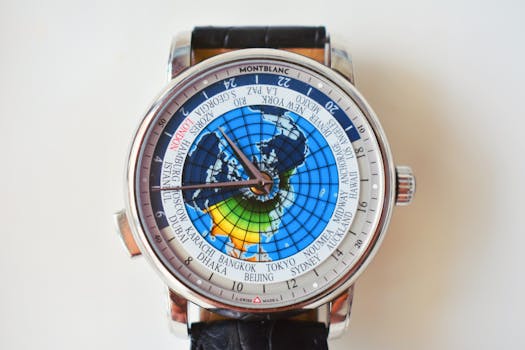Traveling Through Time: How Europe’s Historical Heritage Shapes Modern Lifestyles in 2025
Traveling Through Time: How Europe’s Historical Heritage Shapes Modern Lifestyles in 2025. Europe, with its vast and diverse historical heritage, has always been a fascinating continent to explore. From the ancient ruins of Greece and Rome to the medieval castles of England and France, Europe’s rich history has shaped the modern lifestyles of its people in countless ways. In this article, we will delve into the ways in which Europe’s historical heritage continues to influence modern lifestyles in 2025, from architecture to art and cuisine.
Introduction to Europe’s Historical Heritage
Europe’s historical heritage is a treasure trove of cultural, architectural, and artistic riches. The continent is home to some of the world’s most famous landmarks, such as the Eiffel Tower, the Colosseum, and Big Ben. These iconic structures have not only become symbols of their respective countries but have also had a lasting impact on the way people live, work, and interact with one another. For instance, the concept of urban planning, which originated in ancient Greece and Rome, continues to influence the design of modern cities across Europe.
The Influence of Historical Heritage on Modern Architecture
One of the most significant ways in which Europe’s historical heritage shapes modern lifestyles is through its influence on architecture. Many modern buildings in Europe are designed with a nod to the past, incorporating traditional materials, styles, and techniques into their design. For example, the use of brick, stone, and wood in modern construction is a direct reference to the building materials used in ancient and medieval times. Additionally, the concept of mixed-use development, where residential, commercial, and recreational spaces are combined, has its roots in medieval European towns.
The influence of historical heritage on modern architecture can also be seen in the preservation of historic buildings and landmarks. Many European cities have implemented strict conservation laws to protect their historic architecture, ensuring that these buildings continue to be a part of the urban landscape for generations to come. This not only helps to maintain the cultural identity of a city but also provides a sense of continuity and connection to the past.
The Impact of Historical Heritage on Art and Culture
Europe’s historical heritage has also had a profound impact on the continent’s art and culture. From the Renaissance to the modern era, European art has been shaped by the cultural, social, and political context of the time. The works of famous artists such as Leonardo da Vinci, Michelangelo, and Vincent van Gogh continue to inspire and influence modern artists, designers, and musicians. Additionally, the tradition of festivals and celebrations, such as Carnival and Christmas, has its roots in medieval Europe and continues to be an integral part of modern European culture.
The influence of historical heritage on art and culture can also be seen in the many museums and galleries that are scattered throughout Europe. These institutions house some of the world’s most famous and valuable artworks, providing a window into the past and a glimpse of the cultural and artistic achievements of previous generations. The Louvre in Paris, the National Gallery in London, and the Uffizi Gallery in Florence are just a few examples of the many world-class museums that can be found in Europe.
The Role of Historical Heritage in Shaping Modern Cuisine
Finally, Europe’s historical heritage has also played a significant role in shaping the continent’s modern cuisine. The tradition of cooking and food preservation, which dates back to ancient times, has been passed down through generations, with each region developing its own unique dishes and specialties. From the pasta dishes of Italy to the seafood stews of Portugal, European cuisine is a testament to the continent’s rich cultural and culinary heritage.
The influence of historical heritage on modern cuisine can also be seen in the use of traditional ingredients and cooking techniques. Many modern European restaurants continue to use locally sourced ingredients, such as olive oil, garlic, and fresh vegetables, which have been staples of Mediterranean cuisine for centuries. Additionally, the tradition of food festivals and markets, such as the Christmas markets of Germany and Austria, provides a glimpse into the culinary traditions of the past and the present.
Conclusion
In conclusion, Europe’s historical heritage continues to shape modern lifestyles in 2025 in countless ways. From architecture to art and cuisine, the continent’s rich cultural and historical legacy has had a lasting impact on the way people live, work, and interact with one another. As we look to the future, it is essential that we continue to preserve and protect our historical heritage, ensuring that these invaluable resources remain a part of our shared cultural identity for generations to come.






